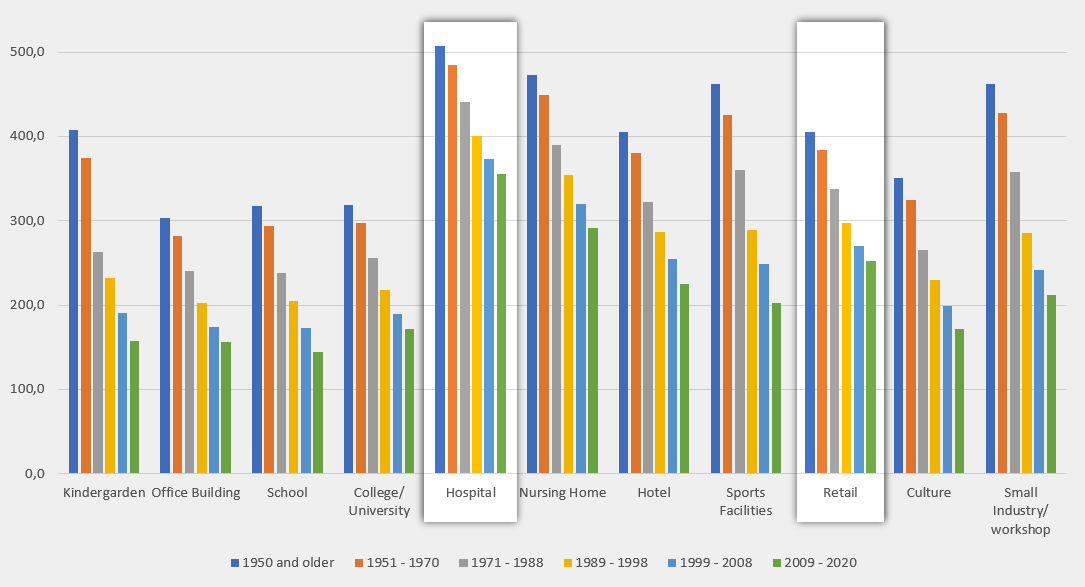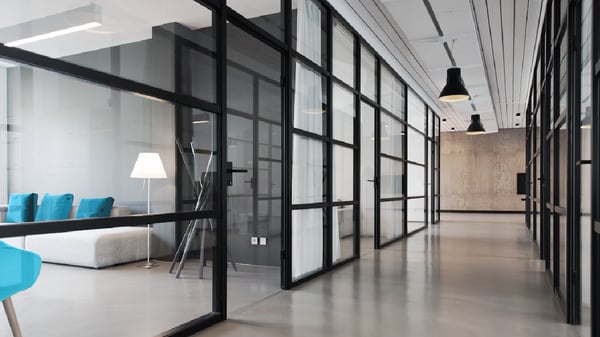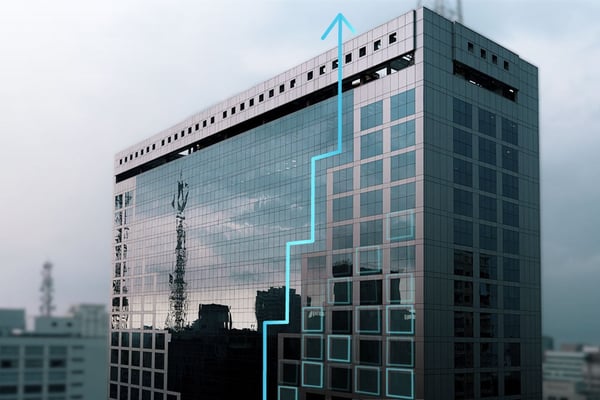Energy Benchmarking – How Much Energy Usage is Normal for Your Building?

Energy benchmarking is a term that often comes up in conversations about sustainable energy use, resource efficiency, and climate change. It can help you determine just how good or bad an entity (facility/process/structure/device) is performing.
In this article, we will start by defining what energy benchmarking really is, how it helps in fighting climate change, and what normal energy usage numbers should different buildings target.
Overview:
- What is Energy Benchmarking
- Energy use by building type
- The Highest Performing Buildings
- The Lowest Performing Buildings
- A High potential for Rental Buildings
What (really) is Energy Benchmarking?
Energy benchmarking can be defined as the measure of a building’s energy performance, compared to its counterparts, modeled simulations of relevant buildings, or any established standards. Not only does it allow building owners to identify which performance percentile they fall in, it also enables them to perform energy accounting and track their savings overtime.
Energy use by building type
The definition of “normal energy consumption” differs for building types, age and climate. The measurements used in this article are all from buildings in Oslo, Norway that has a humid continental climate with cold winters and short summers. The main energy source for heating buildings in Oslo is electricity. Let’s find out more below:
The Highest Performing Buildings:
Number of kWh used Per m² Per Building Type and Year of Construction

Numbers are for buildings in the area of Oslo, Norway. Energy usage in buildings in other climates will differ, buildings in colder areas will consume more energy.
As seen in the picture below, the most energy-efficient buildings are schools followed by office buildings and the third place changes between kindergartens and college/Universities depending on the age of the building.
The type of building with the largest improvements from 1950 to 2020 is kindergartens, sports facilities and schools. And only a few of these buildings actually use developments to their full potential.
Every building that does not have the same occupancy and operates with the same temperature 24/7/365 has a potential of reducing its energy consumption related to HVAC. Software like ClevAir operates in real-time, automatically adjusting HVAC based on changes in occupancy, indoor and outdoor climates, and weather forecast.
Contact us to learn more about how ClevAir works.
The Lowest Performing Buildings:
Number of kWh used Per m² Per Building Type and Year of Construction

Numbers are for buildings in the area of Oslo, Norway. Energy usage in buildings in other climates will differ, buildings in colder areas will consume more energy.
As seen in the picture, the least energy-efficient buildings at all ages are hospitals and they also have the least improvements. Knowing that hospitals need a lot of equipment, stable temperature, lots of rooms and ventilation that avoids spread of infections and smell, this is understandable. Nursing homes as well.
But notice the high energy usage of retail buildings, and these buildings have only improved by 38% from buildings from 1950 until today. This makes no sense! Imagine if this industry had neglected developing the interior in the same way – it would be like visiting a museum instead of a shop, and we had perhaps not spent the same amount of money?
Optimize your HVAC and energy usage with ClevAir

ClevAir is a solution that can be integrated with a variety of ventilation systems, regardless of whether there is a Building Management System (BMS) in place. By continuously optimizing ventilation in real-time based on various factors, including occupancy, weather, and CO2 levels, ClevAir can significantly reduce energy consumption and secure a stable air quality of your building. With the user-friendly ClevAir dashboard, you can conveniently monitor your energy usage, compare it to historical data, and receive alerts. Additionally, the dashboard displays your energy savings and your CO2 emissions, allowing you to easily see the positive impact that ClevAir has on your building's energy efficiency.
A High Potential for Retail Buildings

If you are the owner of a building used by retail? Please do not use the benchmark as an excuse to keep overusing energy. At ClevAir we see a high potential for this type of building, of reducing the energy consumption without lowering the comfort of tenants and their customers.
When talking to shop managers, they know exactly when they need full staff in the shop and not. As the building owner you can make sure that the energy used for heating, cooling and air conditioning also is optimized according to how many people are in the building. And your facility manager doesn’t have to work out plans like the shop managers, let the technology do the job. Smart software like ClevAir not only report energy usage data in real-time, but also automatically adjust HVAC based on changes in occupancy, indoor and outdoor climates, and weather forecast.
For a non-binding evaluation of what ClevAir could potentially do for your building or buildings, get in touch with us.




Comments
Add Comment